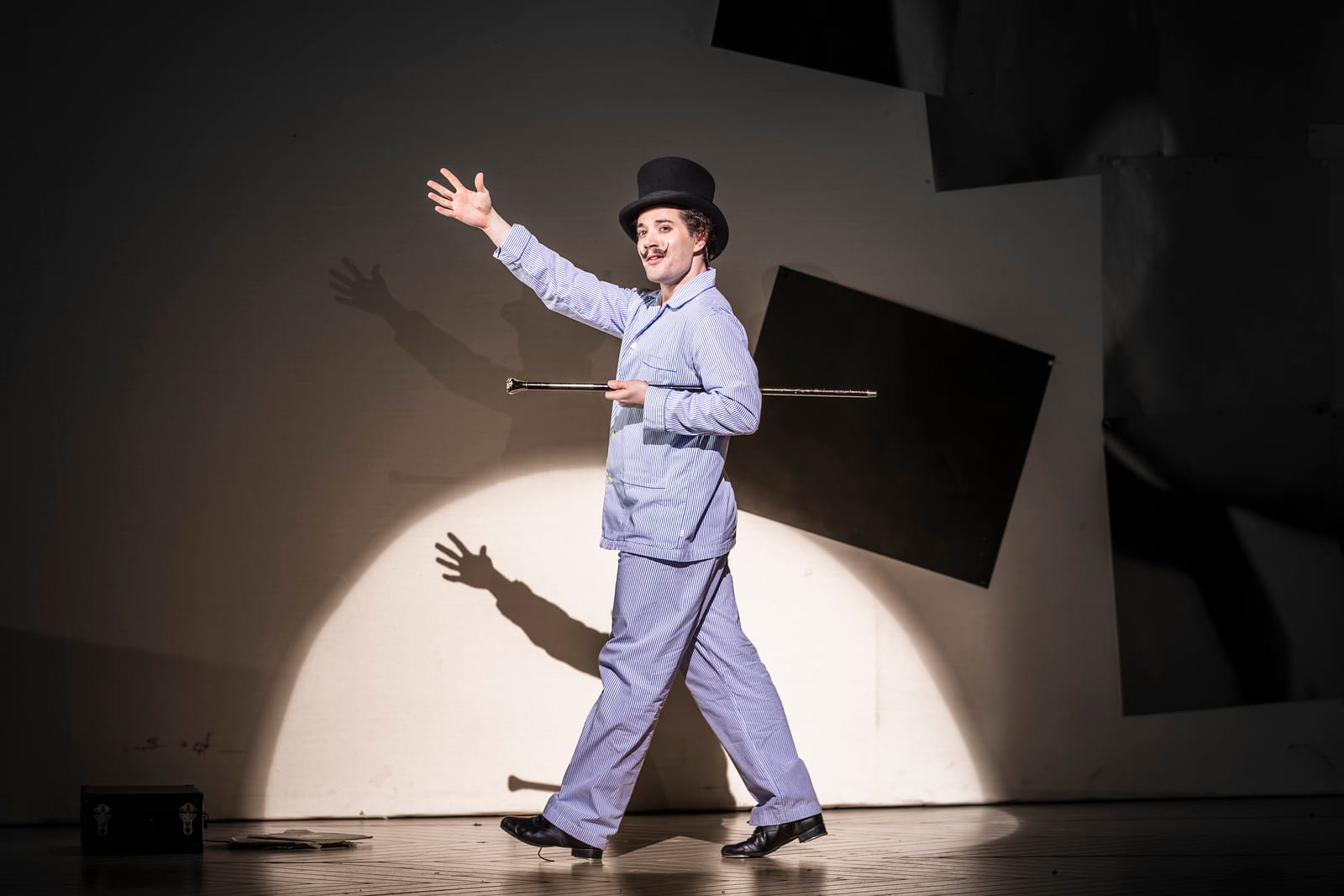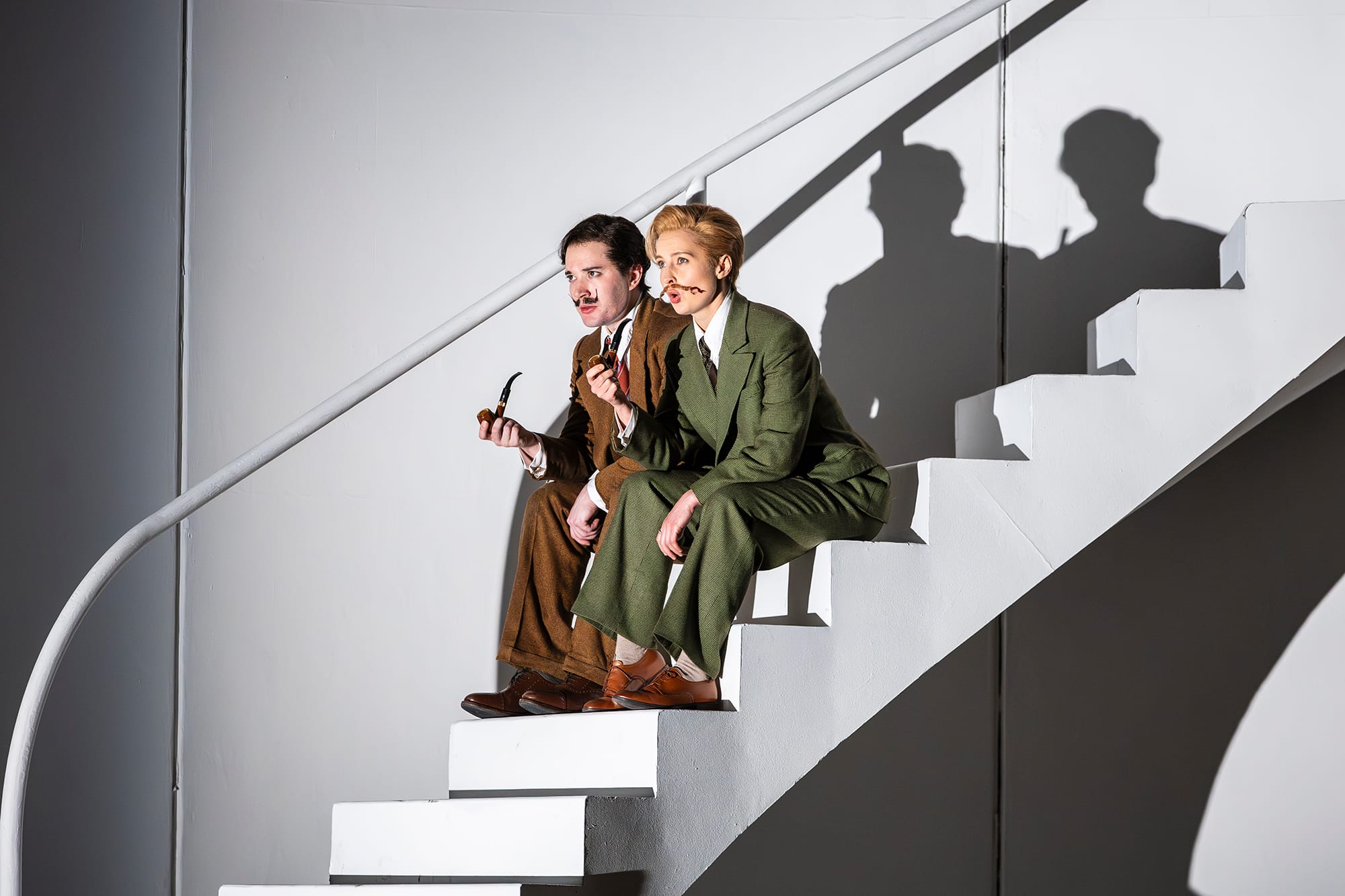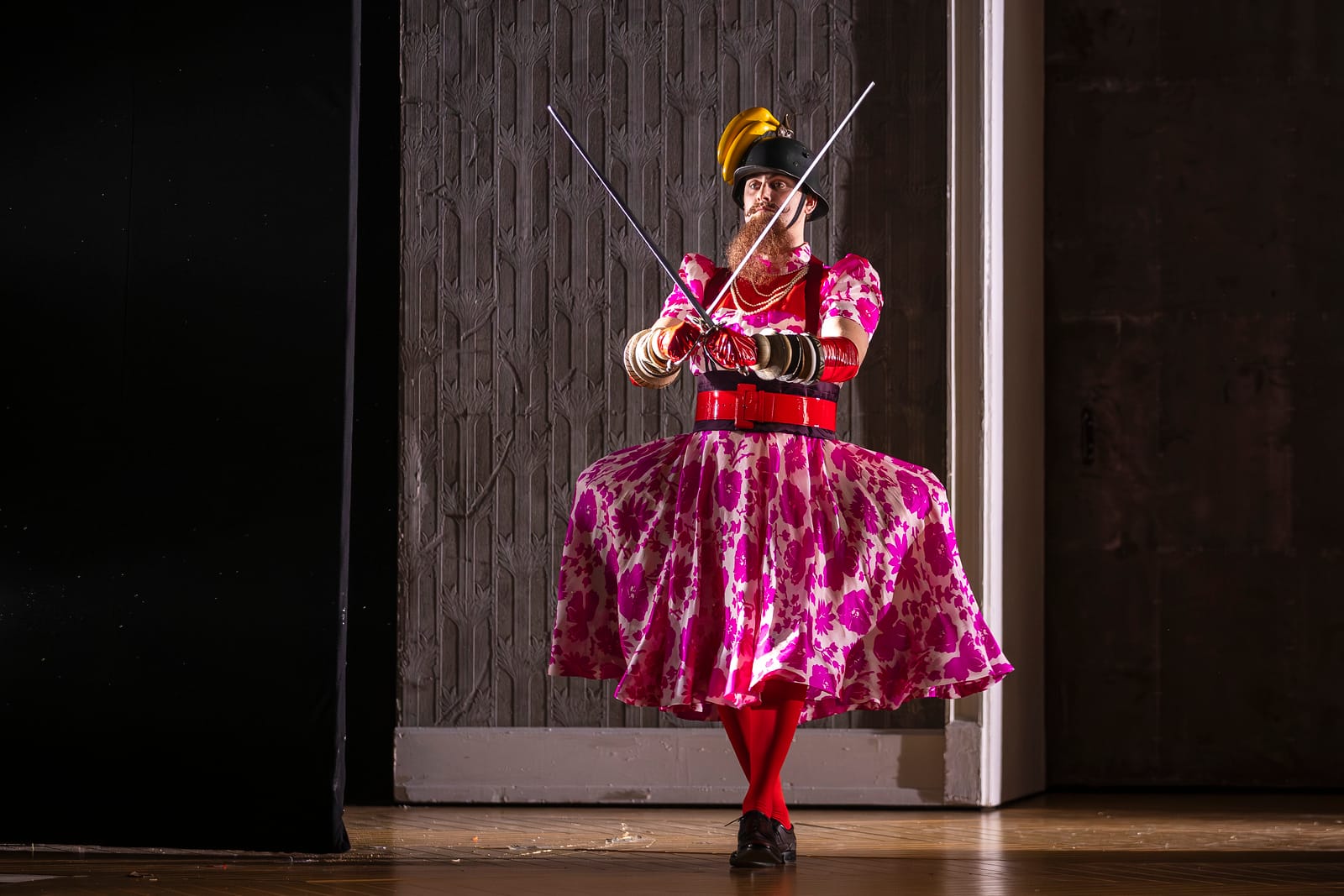Partenope at ENO:
As frothy entertainment with queer sensibility, this Partenope delivers more hits than misses...with enough sparkle to sustain the evening. Seventeen years on, it remains a glorious show.


As frothy entertainment with queer sensibility, this Partenope delivers more hits than misses...with enough sparkle to sustain the evening. Seventeen years on, it remains a glorious show.

A Queer Romp Where Everyone's After Everyone
Christopher Alden's ENO revival of his 2008 Partenope staging gets something fundamental right: this opera is a proto-rom-com with polyamorous flair. Forget sieges; the only battles here concern who's bedding whom, and Handel—that most gloriously queer of Baroque composers—would cackle with delight.
Designers Andrew Lieberman and Jon Morrell conjure a 1920s surrealist salon inspired by Breton and Man Ray. Lieberman's white interior, dominated by a curved staircase, offers subtle theatrical moments: when news arrives of sea battle, floor-to-ceiling curtains billow beautifully. Morrell's costumes are exquisite—men in pastel suits vying for Partenope's affections..

Prince Emilio arrives as Man Ray/Camera Voyeur himself, perpetually armed with camera and projector. It's provocative, though this clever transformation doesn't quite gel with Handel's already tangled plotting, adding smudge rather than clarity to the romantic chaos.
Still, Alden's production is glorious, witty with a first-rate ensemble. The characters inhabit their Jazz Age, smoking, knocking back cocktails, playing cards, whilst Amanda Holden's translation peppers proceedings with contemporary vernacular. Though one wonders whether Handel's countertenor roles—those gender-fluid vocal marvels—might have offered richer terrain for queer exploration than ultimately mined here.
At the heart stands Nardus Williams as Partenope, delivering a glorious performance. Although taking time to tower her voice navigates Handel's ornamentation with effortless command, shifting seamlessly from imperious queen to playful siren. Here suggesting 1920s society hostess A'Lelia Walker , she's stunning in flowing silk trousers, but when she dons top hat and tails—pure Dietrich—the production's queer potential truly sparks. Here's the essence of Handel's roles: gender as performance, desire as fluid.

The carefully composed erotic visual references accumulate—strategically placed triangles, prominent nipples, provocatively angled cigarette holders. There's a particularly dreadful stuck-in-the-lavatory joke that's unfunny, and a set door that visibly came off its hinges didn't help matters.
Alden's da capo arias involves stage business during repeats—James Laing as Armindo clinging upside-down to a spiral staircase certainly commits. But it's a singer's artistry, not acrobatics, that reveals emotional layers. A perfectly polished tap-dancing routine from Jake Ingbar with just the right tongue-in-cheek flair, matched with shimmering brilliant singing raised the bar considerably.

Christian Curnyn launched pure Handel energy coursing through the superb ENO orchestra. When illness forced his departure after Act I, William Cole stepped in seamlessly, relaxing the pace and allowing more breathing room. Mezzo-soprano Katie Bray's trouser role Rosmira/Arsace took time to ignite, but eventually her gender-bending performance melted hearts singing to her jilted lover. One wishes the production had engaged more meaningfully with with the gender play inherent in having a woman portray a male warrior besotted with a queen.

Hugh Cutting's Arsace shone throughout, serving heavenly Handel effortlessly with his perfect voice, soaring and plunging with aplomb. Jake Ingbar's Armindo brought sparkling polish as competitive lover. William Thomas's bass Ormonte handled coloratura with superb comic timing—brilliant sideways looks have the house giggles.

Lieberman's Bauhaus-inspired design, seventeen years old, still possesses visual flair. Long shadows on white walls capture romantic entanglement beautifully, and that magnificent staircase serves as both confessional and slapstick vehicle. When Alden lets his tremendous cast simply sing and act without surrealist interference, the production finds its footing. This Partenope works best trusting what's already queer in Handel's score: fluid identities, polymorphous desire, countertenor magic.
Full cast and creatives here
The poly bedroom farce is there in the bones—everyone wanting everyone, allegiances shifting like quicksilver—and Alden's direction keeps things moving with wit and style. But one can't help wishing for bolder engagement with Handel's own queerness: his casting choices, his delight in vocal and gender ambiguity, his understanding that desire rarely travels in straight lines.

As frothy entertainment with queer sensibility, this Partenope delivers more hits than misses. The Man Ray conceit may not entirely convince, but there's enough sparkle—anchored by Williams's stellar performance—to sustain the evening. Seventeen years on, it remains a glorious show, even if Handel's deeper complexities occasionally get lost in the period dazzle.
Partenope plays at the London Coliseum until 6 December for more info or to book tickets see the ENO website.